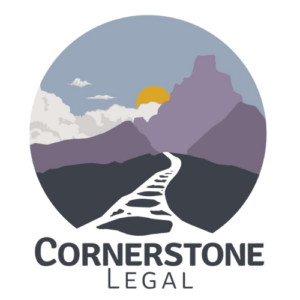Creating your estate plan is a huge step toward protecting your loved ones and your legacy. But the process doesn’t end once the documents are signed. There are important next steps you can take to make sure your plan works exactly as you intend. Here are the top ten things to do after your estate plan is complete:
1. Read Through Your Estate Plan
Take the time to carefully review your legal documents, even if your attorney reviewed them with you at your signing. Understanding your estate plan will give you peace of mind and help you explain it clearly to your loved ones if questions arise.
2. Decide Where You Will Store Your Estate Plan
Your estate planning documents won’t help if no one can find them. Choose a safe, accessible place—such as a safe or file cabinet—and make sure your family knows where to look.
3. Provide Copies to Your Documents
You may choose to share your estate documents with the trusted people named in your documents—such as your Trustee, Agent, and Patient Advocate. This step can help them understand their responsibilities and your expectations.
4. Get your Acknowledgements Signed
Make sure your Agents and Patient Advocates formally accept their roles. Having these acknowledgements signed prevents confusion and delay later.
5. Complete Funding Your Trust
Your Living Trust is only effective if it is properly funded. Update beneficiary designations, retitle assets, and transfer ownership where needed to ensure everything aligns with your estate plan.
6. Add Healthcare, Memorial, or Guardianship Instructions
If you have preferences for medical care, end-of-life arrangements, or the guardianship of minor children, make sure these instructions are documented and shared with your family.
7. Organize Important Documents in One Place
Keep deeds, vehicle titles, insurance policies, account statements, prepaid funeral plans, and cemetery plot deeds together. Having them organized will save your family stress and uncertainty in the future.
8. Make Lists to Guide Your Family
Prepare lists of important advisors (attorney, accountant, financial advisor), online logins and passwords, and monthly income and expenses. These practical details will be invaluable to your loved ones.
9. Review Your Assets and Trust Funding
Set aside time annually to review your assets and confirm your current assets are properly funded into your Living Trust. Life changes quickly, and keeping this information up-to-date ensures your estate plan remains effective.
10. Revisit Your Estate Plan Every 2–3 Years
Estate plans are not “one and done.” Reviewing your estate planning documents regularly, or when major life changes occur, will ensure your legal documents reflect your wishes.
Steps That Bring Comfort and Confidence
An estate plan is more than paperwork—it’s an act of care and protection for the people you love. By following these steps, you are making sure your legacy is clear, organized, and carried out with confidence.
Contact us today at Katrina@CornerstoneLegalPLLC.com or (517) 708-2222 to review your personalized estate plan.



